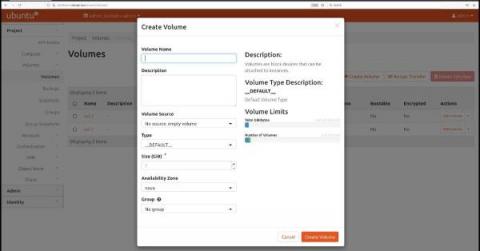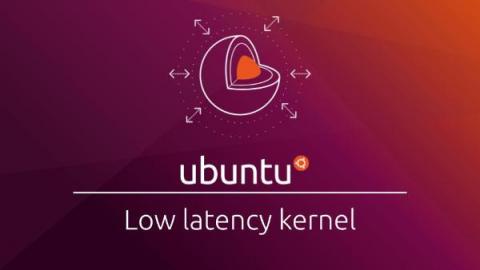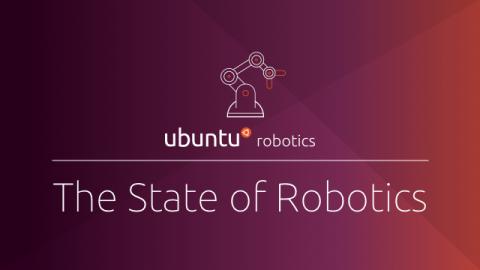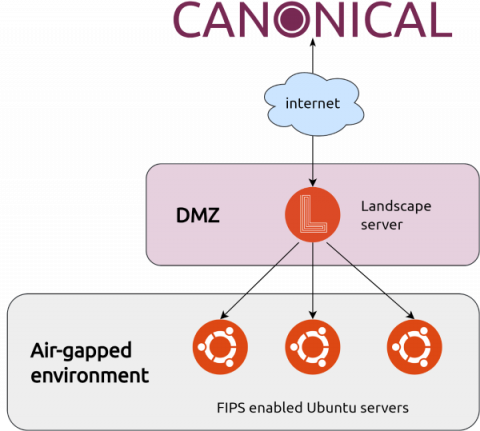Monitor Ubuntu Advantage FIPS configurations
In regulated environments, some machines must adhere to strict cryptography requirements designed to protect systems from being cracked, altered, or tampered with. Using cryptographic modules that are FIPS certified or compliant ensure a systems’ encryption solutions adequately protect its digital assets. FIPS validated operating systems are a prerequisite for government agencies, their partners, and those wanting to conduct business with the federal government.









